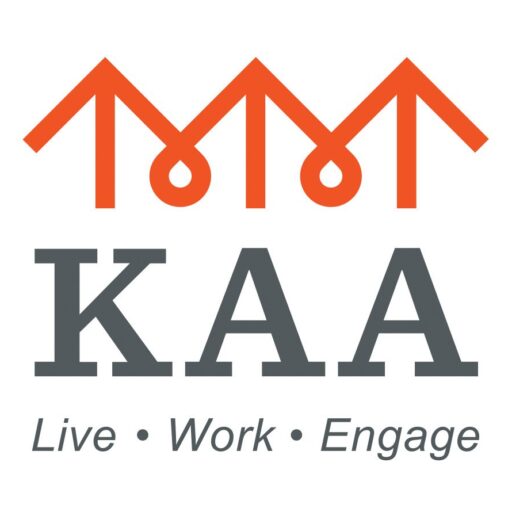A Guide to Planning a Run for Office When You Hold a Disability
Everyone has the potential to change the world, and people with disabilities are no exception. So if you’ve been considering a run for office, why not take the plunge and use your strong leadership, resilience and problem-solving skills to change your local community? This guide will walk you through the basics of planning a run for office.
Learn the Basics
If you’re new to politics, you’ll first need to learn a few things about running for office. This background knowledge will increase your chances of earning votes and winning the election. The National Council on Independent Living (NCIL) is a great starting point for learning about everything from campaign operations to fundraising. Organizations such as Collective PAC, Emerge America and the Leadership Institute also provide training to new political candidates.
Build Your Political Support Team
Whether you’re running for school board or city council, you’ll need a great political campaign staff by your side. Common campaign staff positions include campaign managers, political consultants, fundraisers, communications directors, social media directors and controllers. Your staffing needs will depend on the size of your campaign. And depending on your disability, you may wish to hire an interpreter, transcriptionist or driver as well.
When building your team, you should also hire a website developer to create an accessible website for your political campaign. Accessible websites include adjustable font sizes, descriptive URLs, alternative text and closed captioning.
Moreover, it’s important to include other people with disabilities in your political campaign, as well as those who may be homebound. These staff members, interns or volunteers could manage your social media pages or reach out to potential voters by phone or text.
When it comes to deploying your campaign staff, certain platforms make it easy to track teams on the field (or in this case, the campaign trail). GPS mapping allows you to efficiently plan routes for maximum efficiency and to save on travel time, as well as schedule shifts seamlessly.
Reach Your Constituents Online
Even if door-to-door campaigning is out of the question because of your disability, there are plenty of other ways to reach your constituents prior to the election. Brent Barnhart of Sprout Social offers the following recommendations for campaigning on social media:
- Live streaming on Facebook
- Posting content to multiple social media accounts, including Facebook, Instagram, Twitter, LinkedIn, Reddit, TikTok and Snapchat
- Including links to your online donation platform
- Using your Facebook and Instagram accounts to ask questions and increase engagement
- Sharing accessible infographics and videos
In addition to reaching your voters online, it’s important to connect with your constituents in person as well. Door-to-door and street canvassing are two political canvassing techniques, and your support team can help you to master them.
You Can Make a Difference
More than 1 billion individuals or 15 percent of the global population live with a disability. Moreover, people with disabilities face a number of barriers in their everyday lives, including social, transportation, policy, communication, attitudinal, healthcare and physical barriers.
This is why it’s so important for people with disabilities to run for office, as doing so will help to make elections — and everyday life — better for those with physical, psychological and intellectual impairments. By making a difference in your local community, you’ll make society more inclusive for those with various types of disabilities. You will get one step closer to changing the world as a whole. You have what it takes, so get out there and show your community what you can do!
Are you looking for ways to support or get involved with the Ken Anderson Alliance? Explore the blog and website today.
